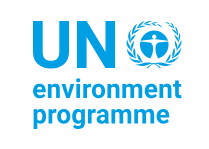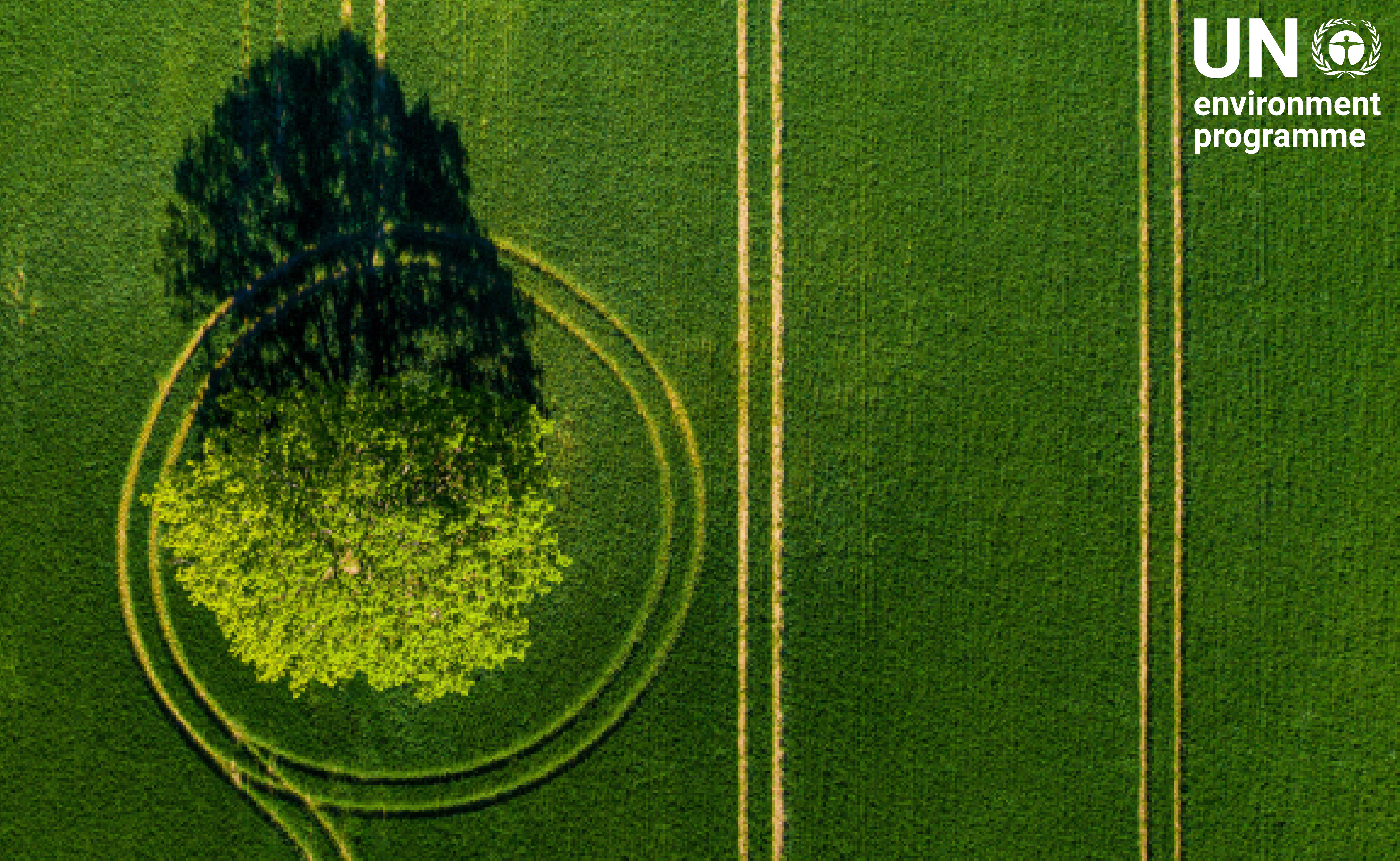Annex III. Hazardous waste generation rates for country estimation
In case of lack of robust country data based on measurements, gap fillers should be used, and the employed method should be indicated. There is no possibility to report data on hazardous waste using only gap fillers, as hazardous generation is extremely country-specific and depends on several factors, such as the type of economic activities performed in the country, level of industry development, and others, so a combination of gap fillers and country specific data should be considered.
The most recently reported hazardous waste generation rates come from the World Bank (2018) publication What a waste 2.0 A Global Snapshot of Solid Waste Management to 2050. These are available as global waste generation rates as data was insufficient and situation across regions and income levels is heterogeneous, which did not allow a more specific breakdown. Nevertheless, these can be used as a start for establishing specific gap-fillers for a country. The industrial waste generation rates per income level is presented as an aid for thinking about adjusting hazardous waste generation based on the income level in your country.
| Global hazardous, medical and industrial waste generation rates. | |||
|---|---|---|---|
| HAZARDOUS WASTE [kg/capita/day] | MEDICAL WASTE [kg/capita/day] | INDUSTRIAL WASTE [kg/capita/day] | |
| Global generation rate | 0.32 | 0.25 | |
| High income | 42.62 | ||
| Upper middle income | 5.72 | ||
| Lower middle income | 0.36 | ||
| Low income | No data | ||
The generic global generation rate should be adjusted to better fit the specificities of the country. One tool to aid this is a dataset associated with the “What a Waste” publication that contains country-specific data on hazardous waste as well as population data for selected countries. A country of similar income level and macro-economic profile from the same region could be chosen from the database for establishing a proxy that may be comparable to the situation of your country. In the table below, the calculation has been done for selected countries. High-income countries are not included here, since they are expected to report country-specific data. A combination of available gap-fillers and clearly presented expert judgement should be used to establish hazardous waste generation.
| Hazardous waste generation rate in selected countries | |||
|---|---|---|---|
| COUNTRY | HAZARDOUS WASTE GENERATION RATE [kg/capita/day] | COUNTRY | HAZARDOUS WASTE GENERATION RATE [kg/capita/day] |
| Albania | 0.01 | Malaysia | 0.26 |
| Barbados | 0.09 | West Bank and Gaza | 0.04 |
| Chile | 0.04 | Thailand | 0.14 |
| Dominica | 0.02 | Tunisia | 0.04 |
| Hungary | 0.17 | Turkey | 0.12 |
| Indonesia | 0.24 | Vietnam | 0.09 |
| India | 0.02 | South Africa | 0.07 |
| Kuwait | 0.09 | Zambia | 0.02 |
| Madagascar | 0.01 | ||


